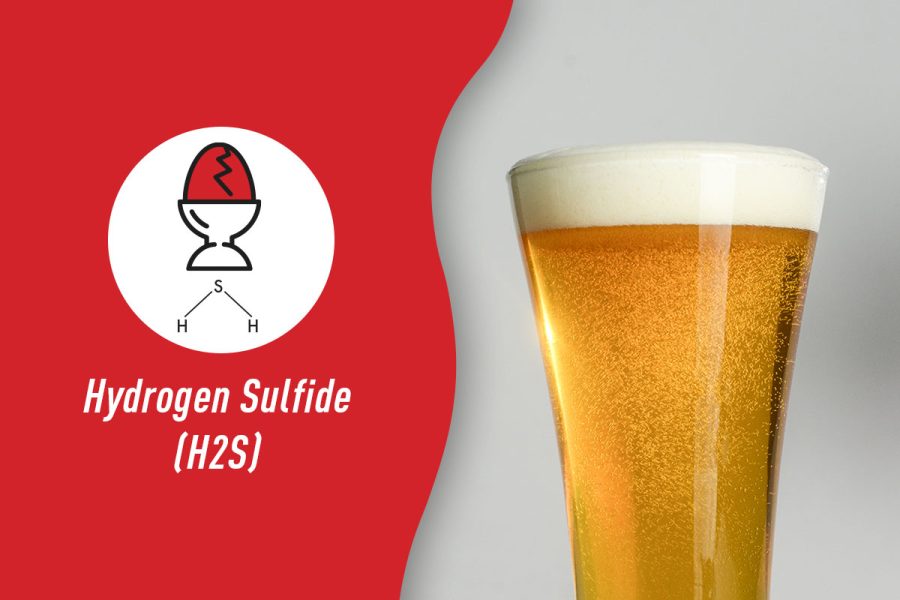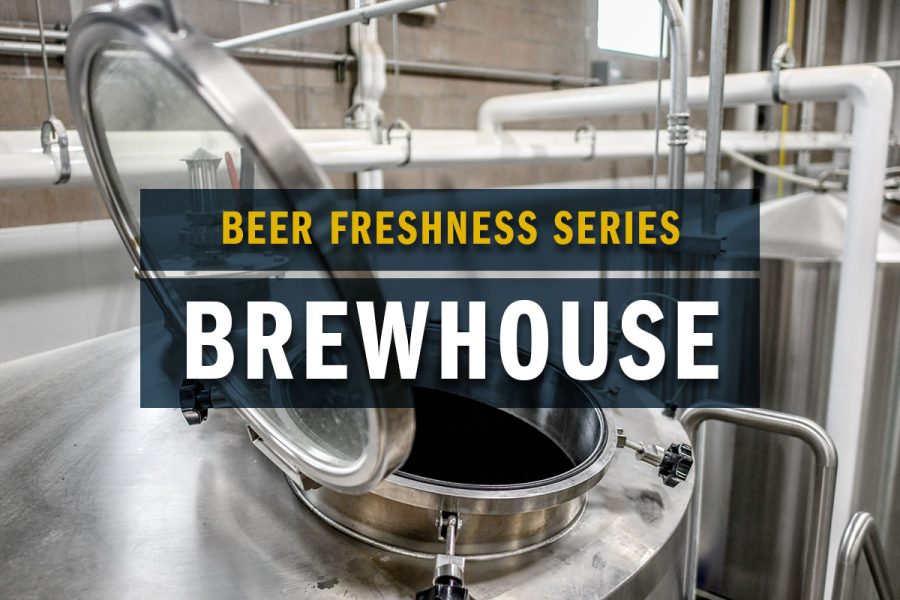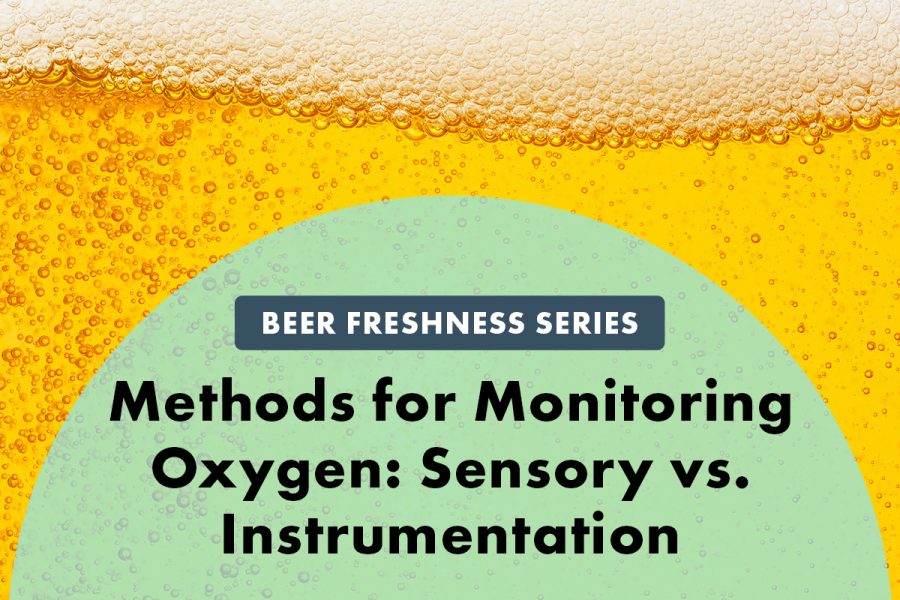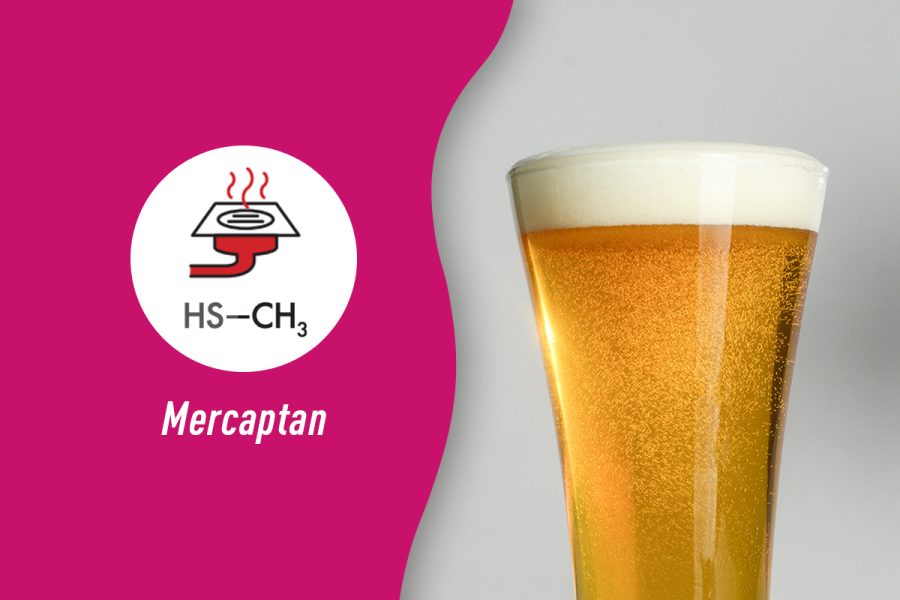
How To Manage Off Flavors in Beer: Hydrogen Sulfide (H2S)
H2S's rotten egg aroma is avoidable through yeast strain selection and health, wort composition, and fermentation control.Read More
You are using an outdated browser not supported by The Brewers Association.
Please consider upgrading!

H2S's rotten egg aroma is avoidable through yeast strain selection and health, wort composition, and fermentation control.Read More

Dimethyl sulfide (DMS) is commonly associated with a creamed corn aroma and originates from a barley precursor.Read More
 Beer Freshness Series
Beer Freshness Series

This series provides resources on oxygen-monitoring methods and sensors and how to mitigate oxygen during brewing, cellaring, and packaging.Read More

Learn the main factors affecting beer freshness in the brewhouse and download a checklist to audit processes and control points.Read More

Understand the pasteurization unit (PU) calculation, equipment used, validation points, factors affecting PUs, and safety considerations.Read More

Learn about the three unique sensor technologies used in the measurement of dissolved oxygen in beer: optical, polarographic, and galvanic.Read More

Following best practice guidelines will ensure effective sampling for monitoring dissolved oxygen (DO) throughout the brewing process.Read More

Both methods of detecting oxygen offer different types of data that can work together in the pursuit of maintaining beer flavor.Read More

Download this cheat sheet on detecting and managing mercaptan off flavors by the Brewers Association Quality Subcommittee.Read More

The fact sheets in this series describe common beer off flavors and how they can be prevented through proactive measures.Read More